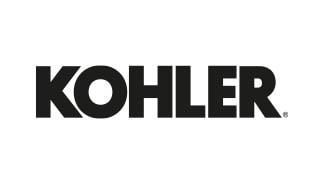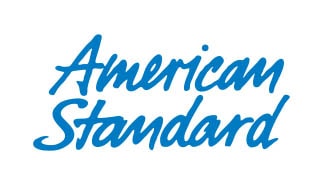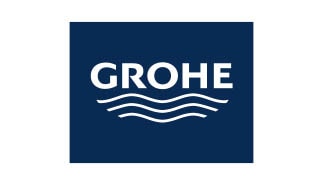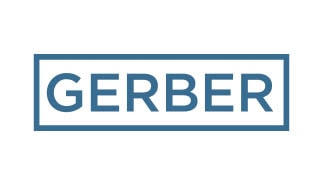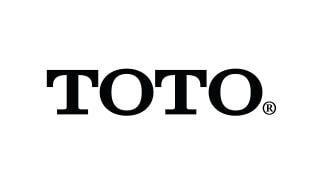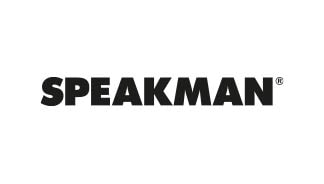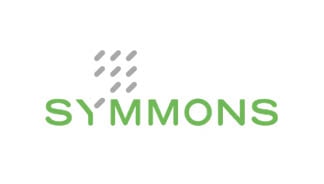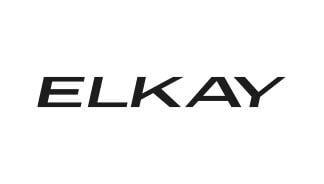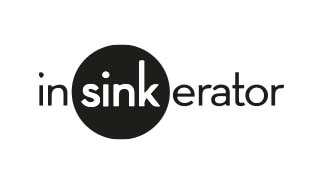Published on
June 14th, 2021What Is an RPZ Test? Is Your NYC Backflow Prevention Device Due for Inspection?
If you own a property in New York City, chances are good you have a backflow prevention device. And if you have a backflow prevention device, it must undergo an RPZ test once per year. What is an RPZ test? In this post, we answer this question and explain more about the vital role played by backflow prevention devices.
What Does a Backflow Prevention Device Do?
Protection for your clean water supply
Backflow occurs when the water coming into your property from the city supply flows in the wrong direction. When this happens, clean water can become contaminated by sewage, chemicals, or other elements of greywater or wastewater, making your water unusable by the building’s tenants. A backflow prevention device is a simple but essential plumbing component that keeps backflow from occurring.
Causes of backflow
Water pressure changes, which happen frequently in New York City, are the most common causes of backflow. A water main that has been temporarily shut off for construction or an accident can cause pressure to drop precipitously, as can the use of a fire hydrant. This type of backflow is known as back-siphonage.
Sometimes pressure changes that result in backflow are caused by internal issues. If the pressure of your water distribution system is lower than the building system pressure, you can get what’s called back-pressure. This will cause clean water to become contaminated if there isn’t a backflow prevention device installed for protection. Back-pressure is common in buildings with commercial boilers, pressure booster pumps, elevated water tanks, and recirculating pumps.
How Do You Know If You Have a Backflow Prevention Device?
Required on many property types
If your property has a backflow prevention device, it should be located at the point where the city water enters your building. Your architect, engineers, or plumber may have a record of installing a backflow prevention device. You might also have records of previous maintenance or test notifications. If you’re not sure, you can always contact the New York City Department of Environmental Protection to check. Or, give Sanitary Plumbing a call. We’ll take a look for you.
Most large residential and commercial properties in the city have backflow devices. They are required in the following buildings:
- Large residential buildings with large or treated water boilers
- Properties with roof tanks
- Buildings with multiple water line services
- Photo processing facilities
- Schools and colleges
- Nursing homes
- Premises with water-cooled equipment or chillers
- Properties with commercial, public kitchens, or food preparation facilities
- Breweries
- Canneries
- Paper processors
- Metal plating shops
- Tanneries
- Premises that reuse or recycle water
- Beauty salons and barbershops
- Supermarkets
- Dry cleaners
- Auto repair shops
- Commercial car washes
- Medical and dental offices
- Hospitals, clinics, and laboratories (including veterinary)
- Funeral parlors
- Printing presses and dye plants
- Properties with swimming pools or in-ground irrigation sprinklers
- Shipyards and marinas
- Greenhouses
- Premises with groundwater wells
- Sewage treatment facilities
- Food processing plants, meat/fish packers, and slaughterhouses
- Exterminators
- Buildings housing toxic chemical storage
What Are the Requirements for Backflow Prevention Devices?
Installation regulations
A backflow prevention device can only be installed by a licensed master plumber (LMP) such as Sanitary Plumbing after a plan is completed by a registered architect (RA) or professional engineer (PE). Once the installation is complete, it must be inspected by a tester certified by the state of New York. Then, a report is submitted within 30 days. Sanitary Plumbing has been deemed qualified to do the initial inspection following installation, even if another party installed the device.
RPZ testing
Once you pass your first inspection following installation, your backflow prevention device must be evaluated by a certified tester every year. This check must also be completed by a certified tester.
The test is known as an RPZ test, short for reduced pressure zone. A reduced pressure zone device is the most common kind of backflow prevention device found in New York City properties. Sanitary Plumbing performs annual RPZ tests for all kinds of properties with backflow prevention devices.
You don’t want to miss your yearly RPZ test. The city can cite you or fine you as a property owner. If your test becomes drastically overdue, you can even wind up having your city water service shut off. Obviously, all of these consequences are costly and interfere with the function of your building, as well as tenant satisfaction and legal rights to clean water.
We recommend property owners and managers get a jump start on their RPZ tests. Don’t wait until the last minute. At times, we’ve seen backflow prevention devices fail, and you can preempt this with a scheduled inspection. You don’t want to be in a position where your tenants have no potable water.
Failure of backflow prevention devices can be caused by multiple problems, most of which are fixable but may require time. If you’ve had trouble with water hammer, fluctuating water pressure, or debris in your water, your device may be subject to extra wear and tear. If we notice anything starting to malfunction, we can clean all the parts, replace worn or cracked gaskets, and add a filter upstream of your device to prevent scale, sand, and other unwanted material from reaching it.
Contact Sanitary Plumbing for Your Yearly RPZ Test
Convenient appointments for you
If you have gotten your notification that the RPZ test for your property is imminent, the sooner you contact us, the better. You’ll get a better choice of appointments, and you’ll have plenty of time for any repairs needed for a clean inspection report.
Call Sanitary Plumbing at 212-734-5000 or find a time that’s convenient for you and your staff and schedule with us online. Don’t risk your backflow prevention device failing or getting cited by the city. Reach out today.
